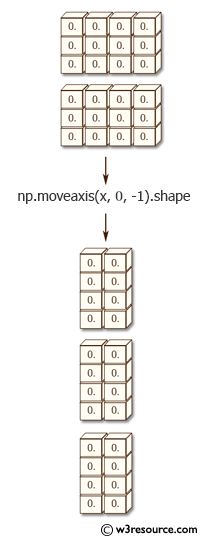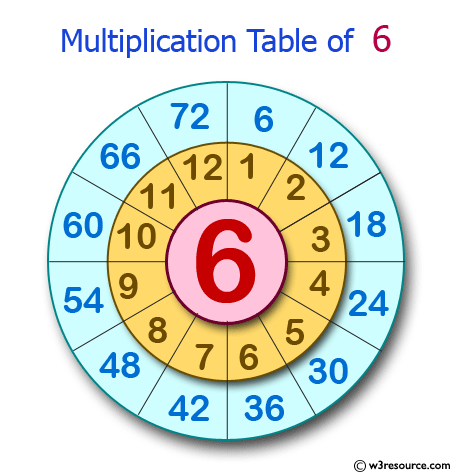
In this book, you will learn to build a school database project, step by step. What underlies the writing of this book is the growing popularity of the PostgreSQL database server lately and more and more programmers migrating from MySQL to PostgreSQL. This book is a Python/PostgreSQL version of the Python/MySQL book which was written by the author. 2138648 A PROGRESSIVE TUTORIAL TO DATABASE PROGRAMMING WITH PYTHON GUI AND POSTGRESQL In this book, you will create two desktop applications using Python GUI and PostgreSQL. You will create GUI to display, edit, insert, and delete for both tables as well. The Case_File table has seven columns: case_file_id (primary key), suspect_id (foreign key), police_id (foreign key), investigator_id (foreign key), victim_id (foreign key), status, and description. The Victim table has nine columns: victim_id (primary key), victim_name, crime_type, birth_date, crime_date, gender, address, telephone, and photo. In chapter nine, you will create two tables, Victim and Case_File. You will also create GUI to display, edit, insert, and delete for both tables. The Investigator table has eight columns: investigator_id (primary key), investigator_name, rank, birth_date, gender, address, telephone, and photo. The Police table has six columns: police_id (primary key), province, city, address, telephone, and photo. In chapter eight, you will create two tables, Police and Investigator. You will also create GUI to display, edit, insert, and delete for this table. The six fields (except keys) will have a VARCHAR data type (200). In chapter seven, you will create a table with the name Feature_Extraction, which has eight columns: feature_id (primary key), suspect_id (foreign key), feature1, feature2, feature3, feature4, feature5, and feature6. This table has eleven columns: suspect_id (primary key), suspect_name, birth_date, case_date, report_date, suspect_ status, arrest_date, mother_name, address, telephone, and photo. In this chapter, you will create Suspect table in crime database.

In chapter six, you will create dan configure PotgreSQL database.

In chapter five, you will learn: Creating the main form to connect all forms Creating a project that will add three more tables to the school database: the Student table, the Parent table, and the Tuition table Creating a Python GUI to view and navigate the contents of each table Creating a Python GUI for editing, inserting, and deleting records in each table Create a Python GUI to merge and query the three tables and all six tables. Creating a Python GUI for inserting and editing tables and Creating a Python GUI to merge and query the three tables. In the fourth chapter, you will study: Creating the initial three table in the School database project: Teacher table, Class table, and Subject table Creating database configuration files Creating a Python GUI for viewing and navigating the contents of each table. And then, you will learn querying data from the postgresql using Python including establishing a database connection, creating a statement object, executing the query, processing the resultset object, querying data using a statement that returns multiple rows, querying data using a statement that has parameters, inserting data into a table using Python, updating data in postgresql database using Python, calling postgresql stored function using Python, deleting data from a postgresql table using Python, and postgresql Python transaction. In the first and second chapter, you will get introduction of postgresql. A number of widgets from PyQt will be used for the user interface.


In this book, you will create two desktop applications using Python GUI and PostgreSQL.


 0 kommentar(er)
0 kommentar(er)
